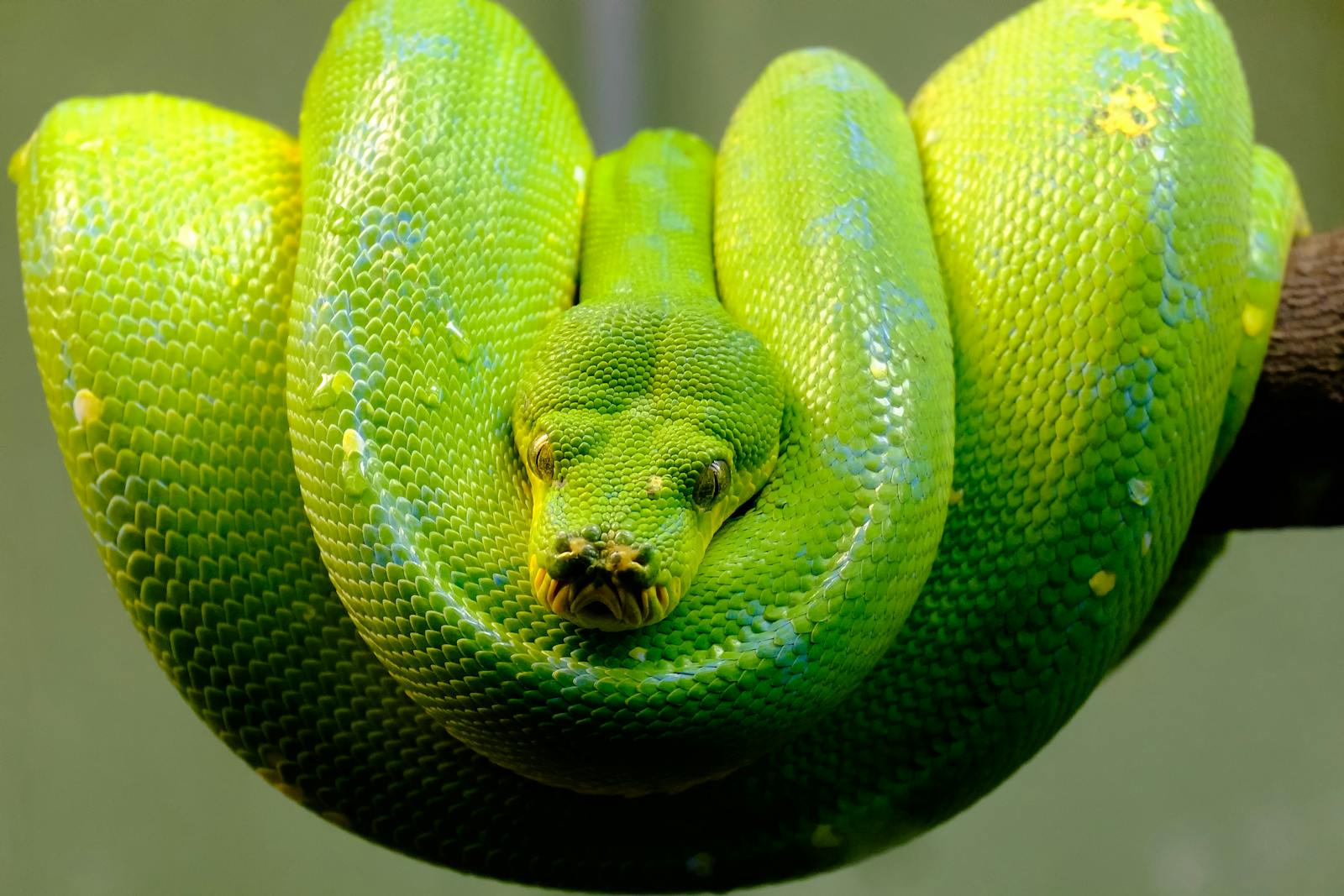Snakes, often misunderstood in the world of pets, are fascinating creatures capable of forming unique bonds with their human caretakers. While they don’t express affection in the same way as dogs or cats, snakes do recognize their owners and can show preference for specific humans through subtle behaviors. If you’ve ever wondered whether your scaly companion has a special fondness for you, there are several telltale signs that might indicate you’ve achieved “favorite human” status in your snake’s world. This article explores the various ways snakes demonstrate comfort, trust, and preference, helping you decipher the complex language of serpent affection.
Understanding Snake Cognition and Recognition
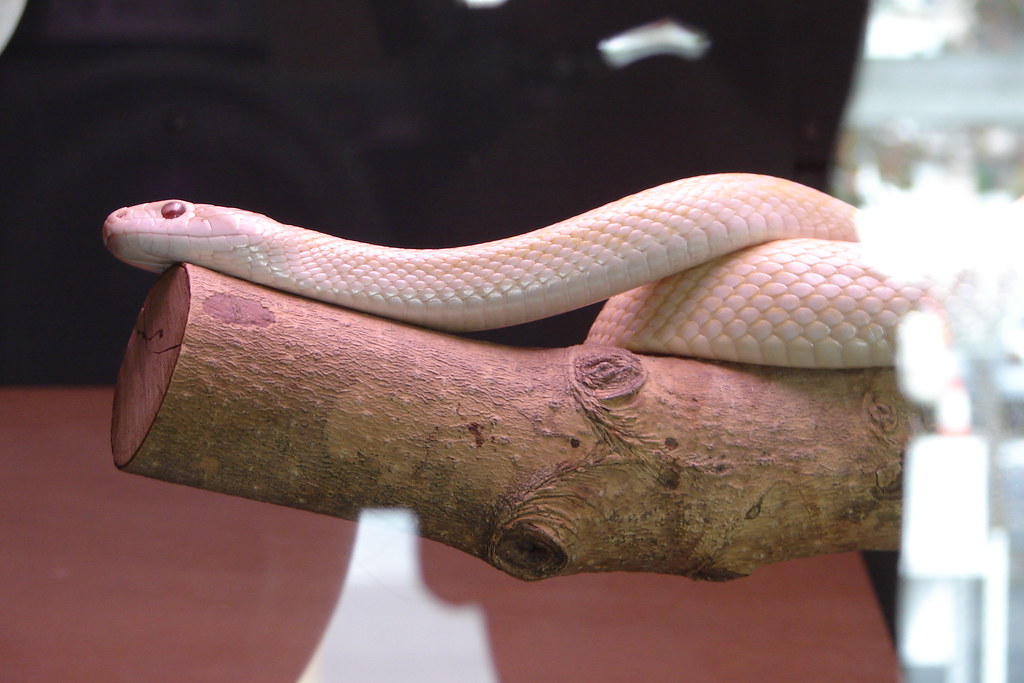
Snakes possess more sophisticated cognitive abilities than they’re often given credit for in popular culture. Research has shown that many snake species can recognize their regular handlers through a combination of visual cues, scent identification, and association with positive experiences. While their brains are structured differently from mammals, snakes do have functioning memory systems that allow them to distinguish between familiar and unfamiliar humans. This recognition forms the foundation for what we might interpret as “preference” or “favoritism” in captive snakes. A study published in the Journal of Comparative Psychology demonstrated that some snake species showed measurably different behavioral responses to their primary caretakers versus strangers, suggesting a level of recognition that goes beyond simple habituation.
Calm Behavior During Handling
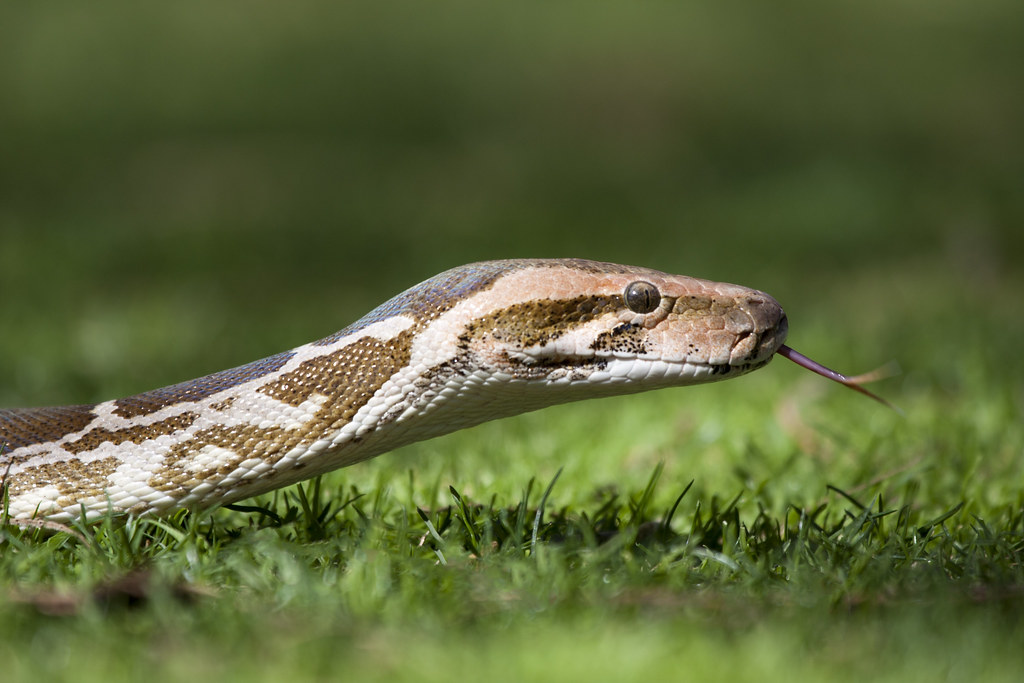
One of the most reliable indicators that a snake considers you a trusted human is consistently calm behavior during handling sessions. When a snake feels comfortable with you, it will remain relaxed rather than exhibiting defensive postures like ball-forming (in ball pythons), hissing, or striking. You might notice your snake settling comfortably into your hands or arms without constantly trying to escape or displaying stress behaviors. This relaxed state indicates that the snake has learned through repeated positive interactions that you pose no threat. The absence of stress responses like rapid breathing, muscle tensing, or defensive posturing speaks volumes about how your snake perceives you. Remember that consistent gentle handling over time is what builds this trust relationship.
Seeking Contact and Warmth
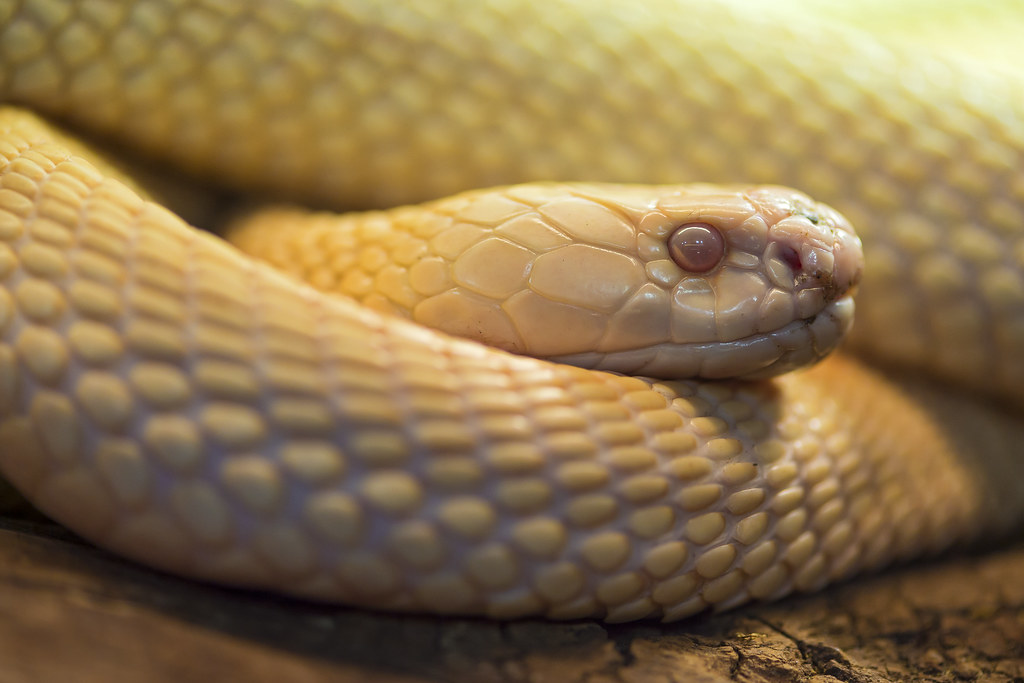
Snakes are ectothermic creatures that naturally seek out warm surfaces, but when they specifically choose you as their heat source over other available options, it may indicate preference. A snake that voluntarily moves toward you, climbs onto your hands when offered, or seems to enjoy draping across your shoulders or arms might be showing that you’re their preferred human perch. This behavior becomes particularly meaningful when the snake has other equivalent heat sources available but still chooses contact with you. Some snake owners report their pets will deliberately move toward them when the enclosure is opened, particularly if this behavior is consistent and explicitly directed at one household member over others. While partly motivated by temperature-seeking behavior, the consistency of choosing you suggests explicitly a level of comfort that goes beyond mere thermotaxis.
Tongue Flicking Patterns
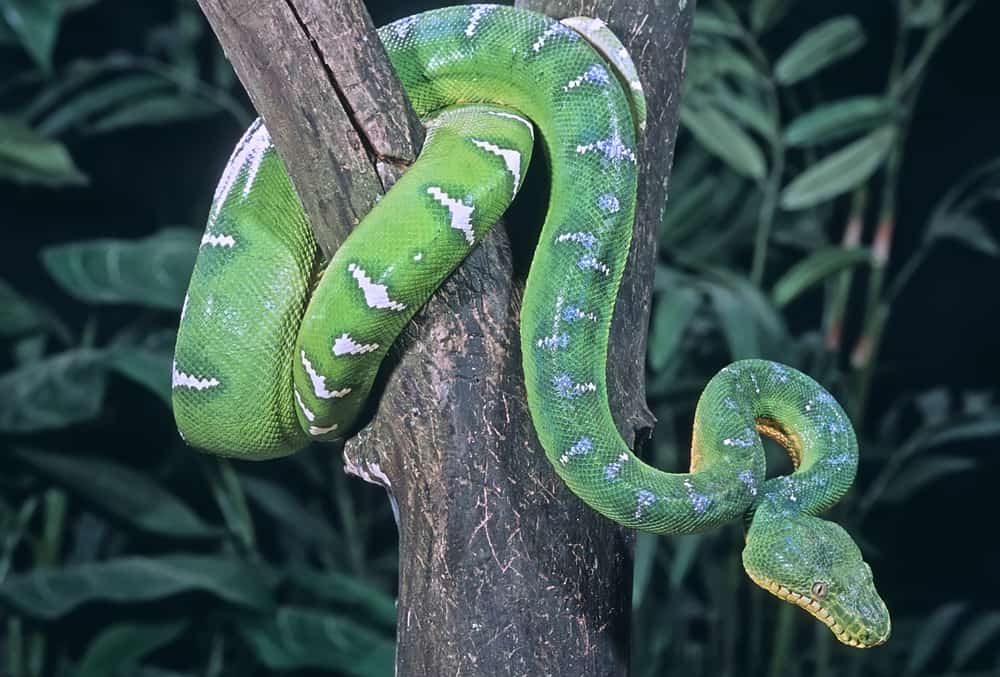
A snake’s primary way of exploring its environment is through tongue flicking, which collects chemical information about surroundings. When a snake encounters you, pay attention to its tongue-flicking patterns. Rapid, agitated flicking often indicates stress or uncertainty, while slow, deliberate flicking typically suggests curiosity or comfort. If your snake exhibits calm, exploratory tongue flicking when interacting with you—as opposed to defensive or stress-related flicking—it’s likely feeling secure in your presence. Some snake keepers notice that their pets will flick their tongues more gently and methodically when being handled by their favorite person, compared to more frantic flicking when handled by strangers. This difference in chemosensory investigation indicates different levels of comfort with different humans.
Reduced Defensive Behaviors
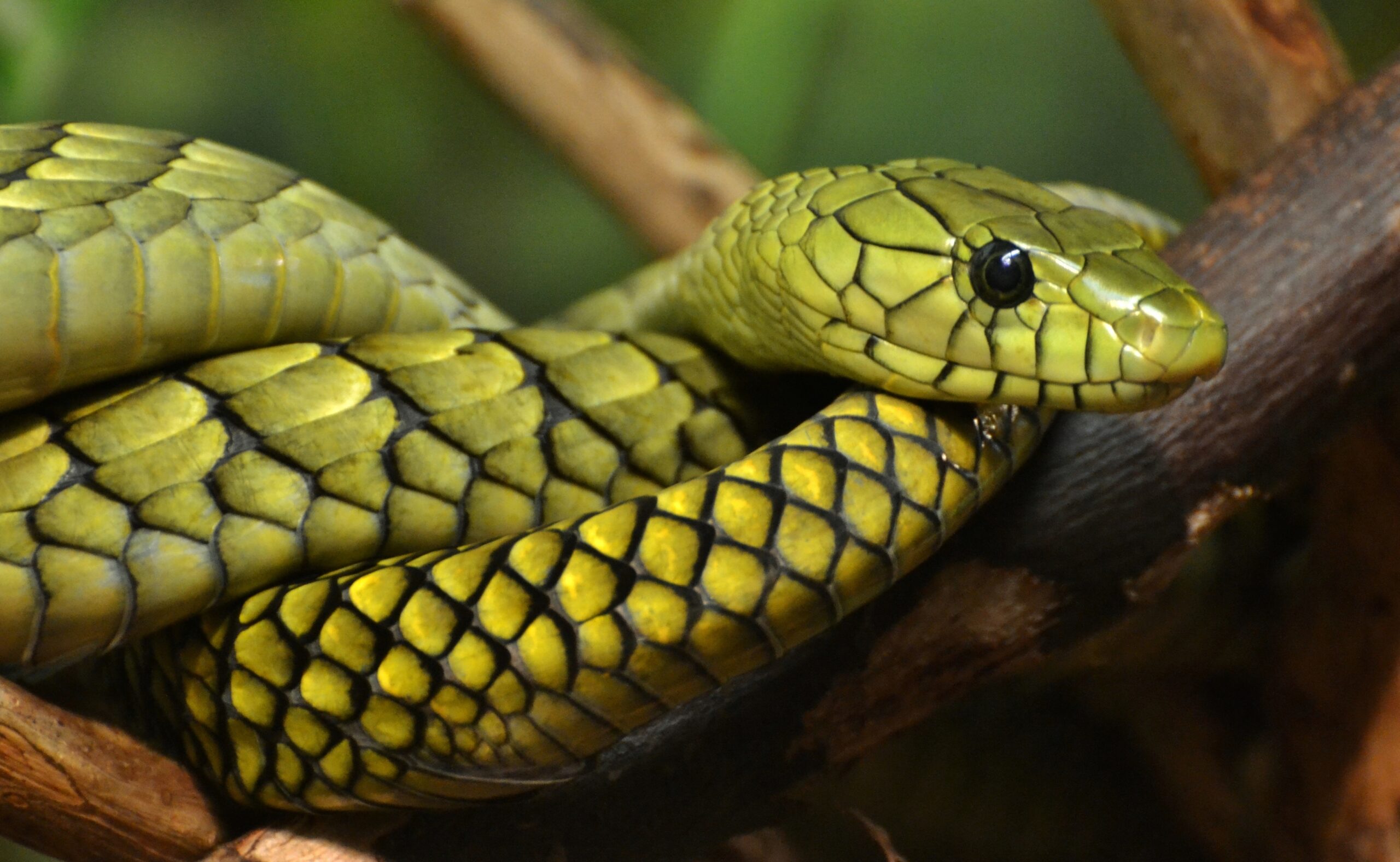
Snakes naturally display various defensive behaviors when they feel threatened, including hissing, striking, musking (releasing defensive odors), or fleeing. A significant reduction or complete absence of these behaviors specifically with you, especially if they still display them with other people, strongly suggests you’ve earned special status. This contrast becomes most apparent when observing how your snake reacts to you versus strangers or less familiar household members. For example, a ball python that remains relaxed when you reach into its enclosure but balls up defensively when someone else does the same is clearly demonstrating a preference. This differential response pattern developing over time represents one of the strongest indicators that your snake recognizes and trusts you more than other humans.
Consistent Feeding Response
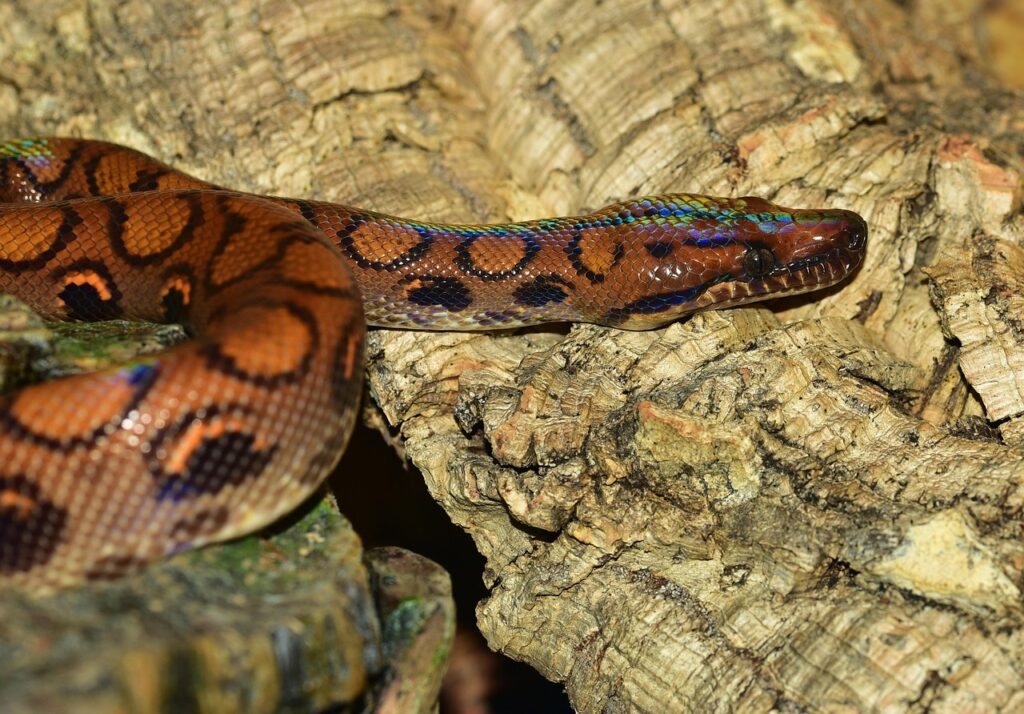
Many snakes develop strong associations between specific humans and feeding time. If your snake consistently displays excitement or readiness to feed when you specifically approach—perking up, moving to the front of the enclosure, or showing hunting behaviors like increased tongue flicking or alert posture—it demonstrates recognition and positive association. This feeding response becomes especially meaningful if the snake refuses food from other household members but readily accepts it from you. While this might initially seem like a simple conditioned response, the ability to distinguish between different humans in this context shows a level of recognition and preference. Snakes that feel secure with a specific human will generally demonstrate more consistent and enthusiastic feeding behaviors in their presence.
Body Language During Rest
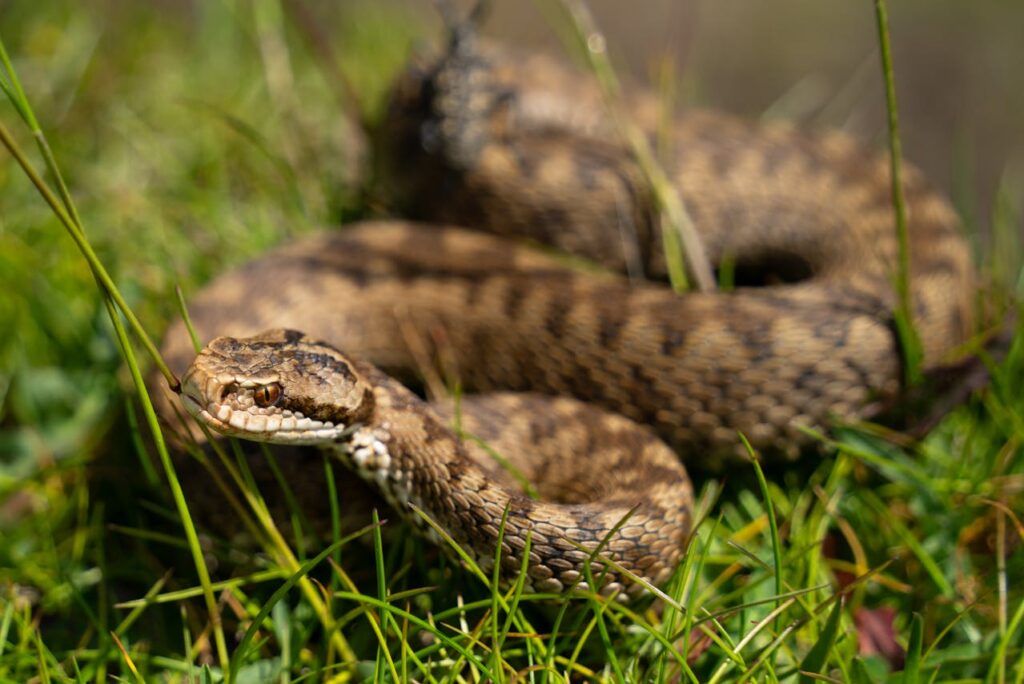
A snake’s body posture while being held can reveal volumes about its comfort level with you. When truly relaxed, most snake species will display loose, flowing body posture without tense muscles or rigid sections. You might notice your snake comfortably draping across your hands or arms, perhaps even resting its head on you without constantly seeking escape routes. This relaxed body language contrasts sharply with the tense, alert posture of a snake that’s merely tolerating handling. Some experienced snake keepers can detect subtle differences in muscle tone when their snake is truly relaxed versus when it’s enduring handling while stressed. These nuanced body language cues develop over time as trust builds between snake and handler.
Predictable Behavior Patterns
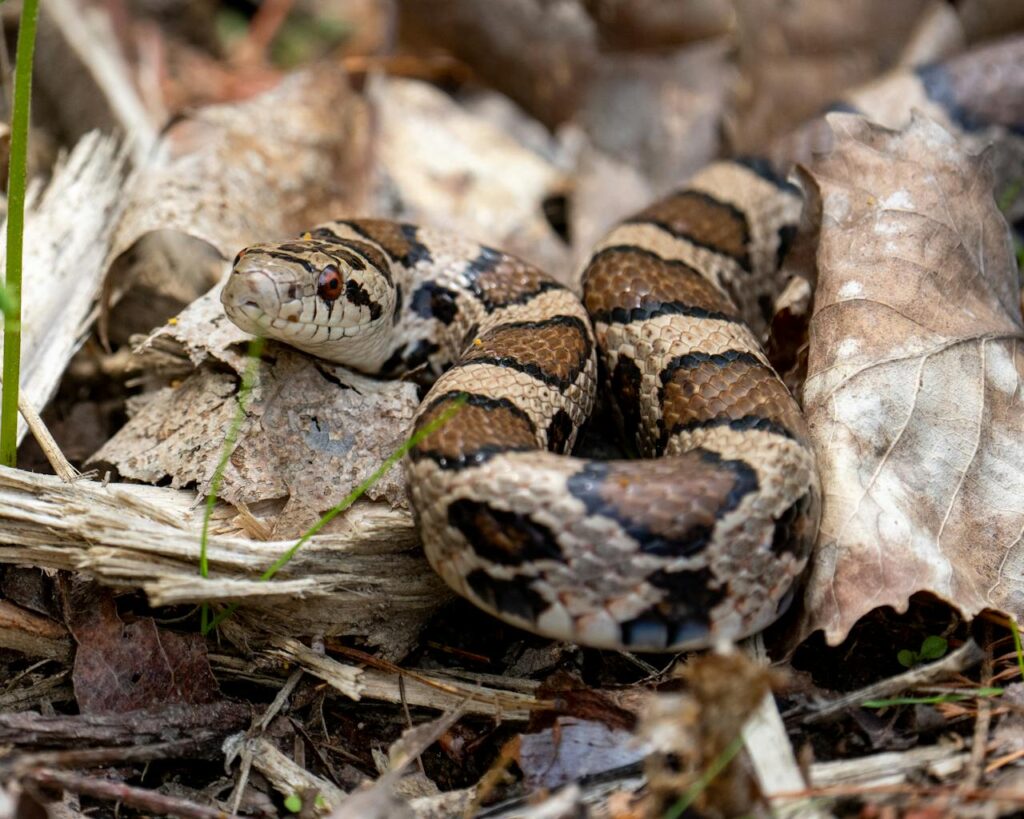
Snakes are creatures of habit that often develop consistent behavioral patterns with preferred humans. If your snake shows predictable, positive behaviors specifically with you—perhaps always exploring your hands in a particular pattern or settling into a favorite position when you hold it—this consistency suggests comfort and recognition. These established routines indicate that the snake has formed specific associations with you that differ from its interactions with others. For example, some snake owners report their pets have distinctive “greeting” behaviors that only happen with them, such as specific movement patterns when first being handled. These individualized behavior patterns represent a form of relationship that has developed through repeated positive interactions.
Prolonged Handling Tolerance
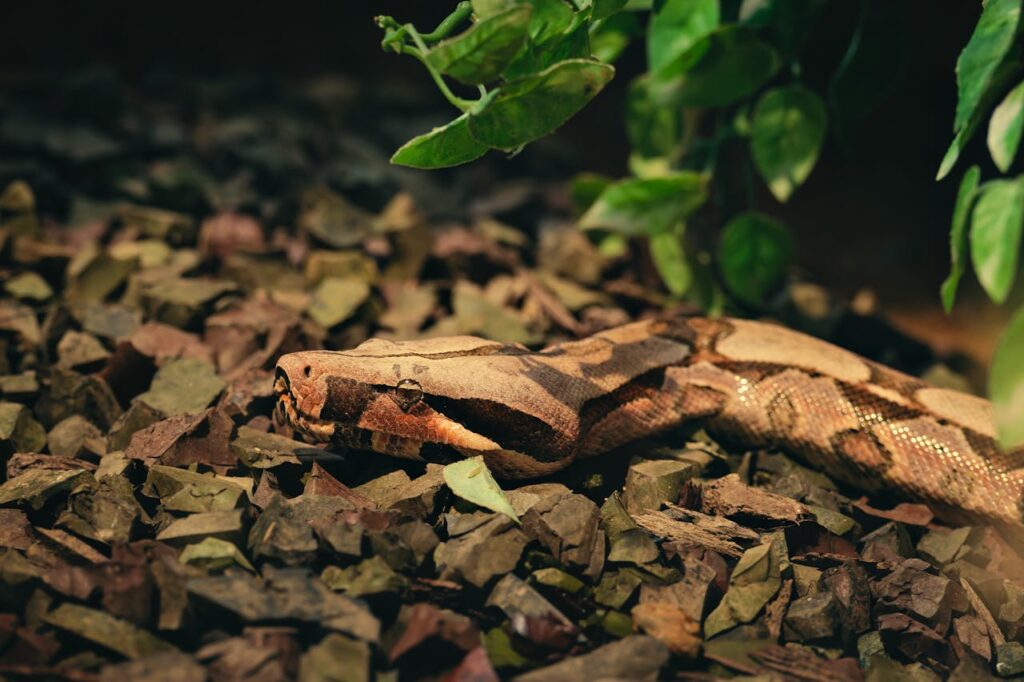
Most snakes have limited patience for handling, even with experienced keepers. If your snake consistently tolerates longer handling sessions with you compared to others, it’s demonstrating a clear preference. This extended tolerance indicates the snake experiences less stress in your presence and finds interactions with you less threatening or taxing. The duration difference becomes particularly notable when comparing how quickly the same snake shows stress signals when handled by different people. For instance, a snake that remains calm for 20-30 minutes when you handle it but shows stress behaviors after just 5 minutes with someone else is clearly communicating a preference. This differential tolerance develops gradually as the snake builds positive associations with your specific scent, handling technique, and body temperature.
Interest in Your Scent
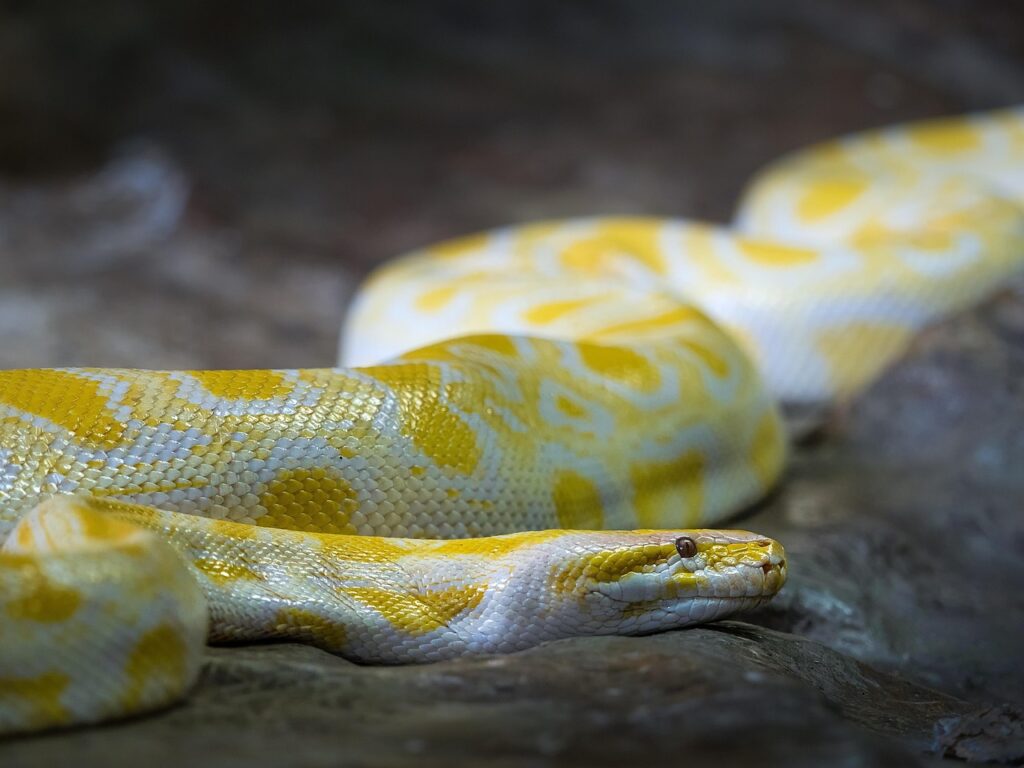
Snakes rely heavily on their sense of smell, and many keepers notice their pets showing particular interest in items carrying their scent. If your snake appears drawn to clothing you’ve worn or shows increased exploratory behavior when encountering your hand scent, it suggests recognition and possibly preference. Some snake owners conduct informal experiments by placing items with different people’s scents in neutral locations and observing which ones their snake investigates more thoroughly. This scent recognition forms the foundation of the snake’s ability to distinguish between different humans. Research suggests snakes possess vomeronasal systems sophisticated enough to differentiate between individual human scent profiles, allowing them to recognize their primary caretaker even without visual cues.
Stress Recovery Time

All snakes experience stress occasionally, whether from environmental changes, health issues, or handling mishaps. A telling sign of preference is how quickly your snake recovers from stress when you specifically are present. If your snake calms down more rapidly in your hands compared to others, or seeks you out during stressful situations, it indicates a trust relationship. This differential recovery pattern becomes most evident during potentially stressful events like habitat cleaning, veterinary visits, or after being startled. Some snake owners report that their stressed pets will actively seek contact with them specifically during recovery periods, suggesting the snake associates their preferred human with safety and comfort. This stress-response pattern develops gradually through consistent positive handling experiences.
Recognition Across Time Gaps

Perhaps one of the most convincing signs of being a snake’s favorite human is consistent recognition even after periods of separation. If your snake maintains its positive response to you even after you’ve been away for days or weeks, while showing increased wariness with others after similar absences, it demonstrates a deeper level of recognition and preference. This enduring recognition suggests the snake has formed long-term associations with your specific scent, handling style, and presence. Some snake species appear to maintain these recognition patterns even after surprisingly long separation periods, with owners reporting their snakes seeming to “remember” them after vacations or hospital stays. While the mechanisms behind this long-term recognition aren’t fully understood, the consistency of the behavioral pattern provides compelling evidence of preference.
Building and Maintaining Your “Favorite Human” Status
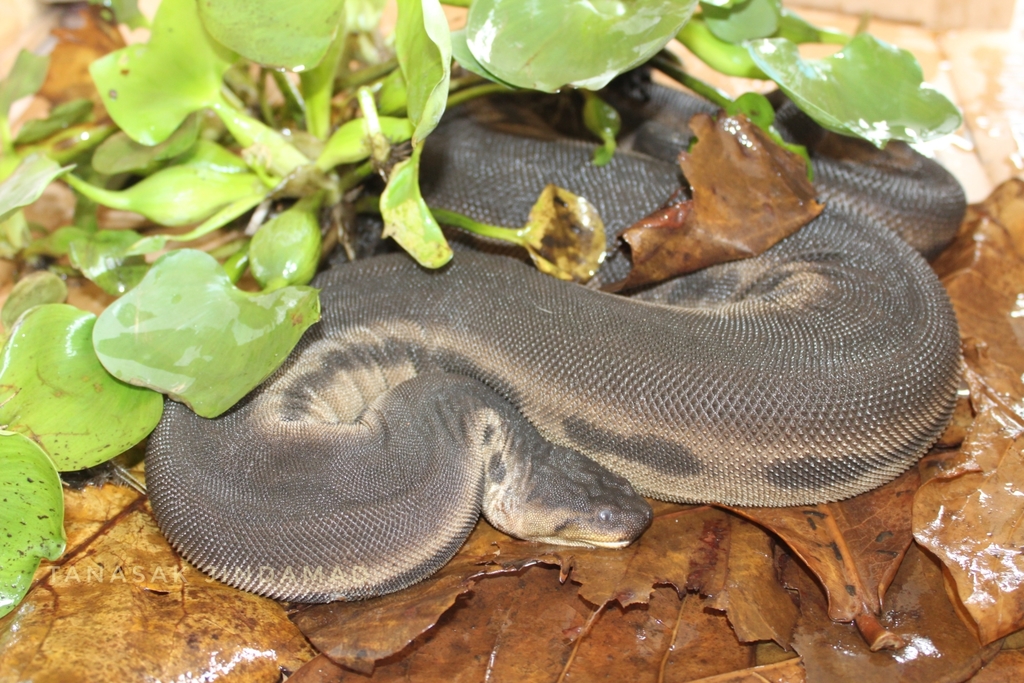
Developing special status with your snake requires consistency, patience, and respect for the animal’s natural behaviors. Regular handling sessions kept brief at first and gradually extended as the snake shows comfort will build trust over time. Always approach handling with clean hands free of prey scents to avoid confusion, and maintain a calm demeanor since snakes are sensitive to your movements and tension. Respect your snake’s boundaries by watching for stress signals and ending sessions before the animal becomes overtly stressed. Finally, being the primary feeder creates positive associations, though always feed using tools rather than hands to prevent feeding-response bites. Remember that trust-building with snakes occurs over months and years, not days or weeks, requiring a long-term commitment to gentle, consistent interaction.
While snakes will never demonstrate affection in the ways we’re accustomed to from mammals, the subtle signs described above collectively paint a picture of recognition, preference, and trust. If your snake consistently shows several of these behaviors specifically with you, congratulations—you’ve likely achieved “favorite human” status in your serpent’s world. This special relationship develops gradually through respectful handling, consistent care, and patience. While the snake’s preference may be based partly on practical factors like your body temperature or handling technique, the bond that forms is nonetheless real and rewarding for dedicated reptile enthusiasts who take the time to understand these fascinating creatures on their own terms.

